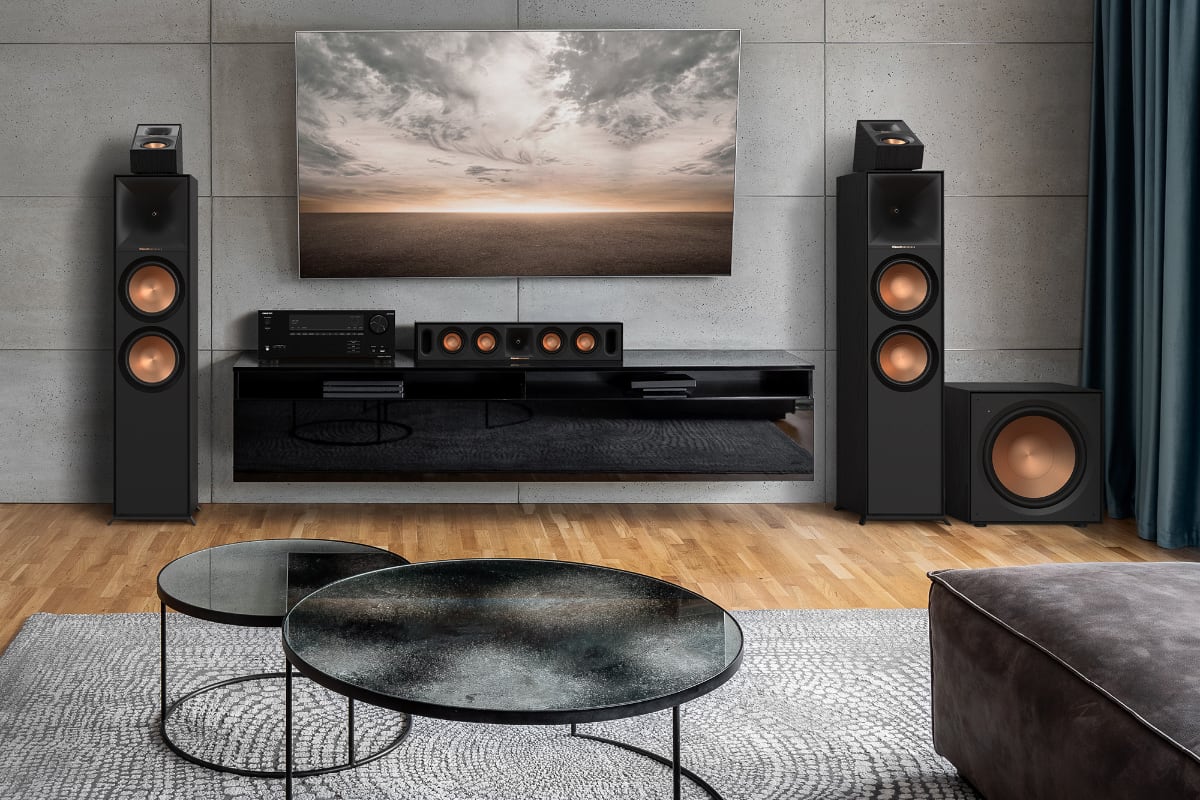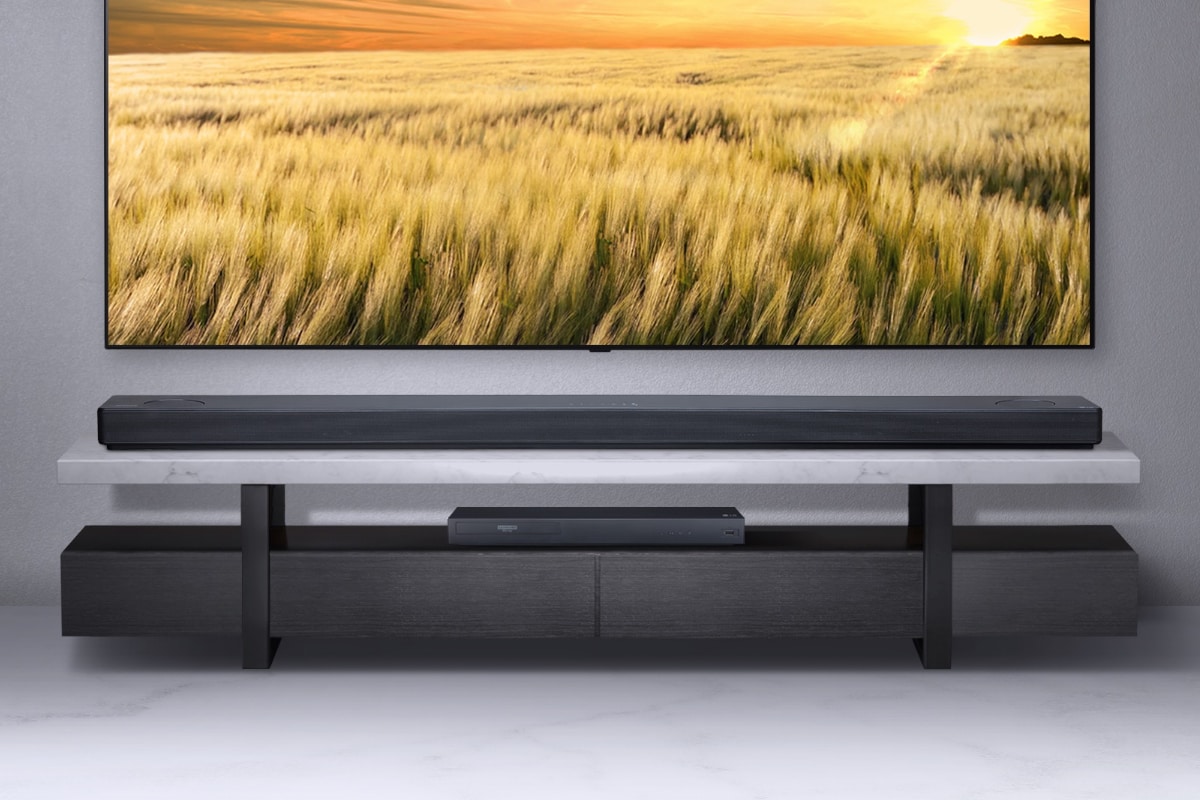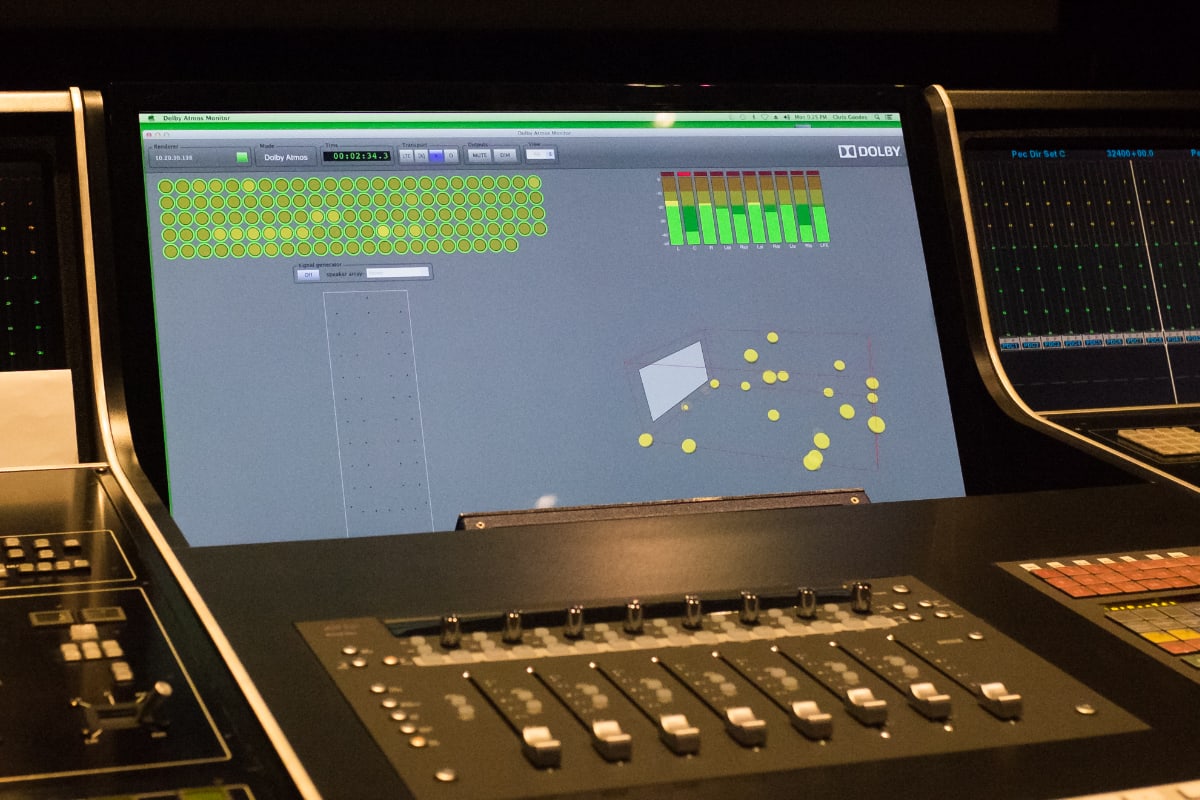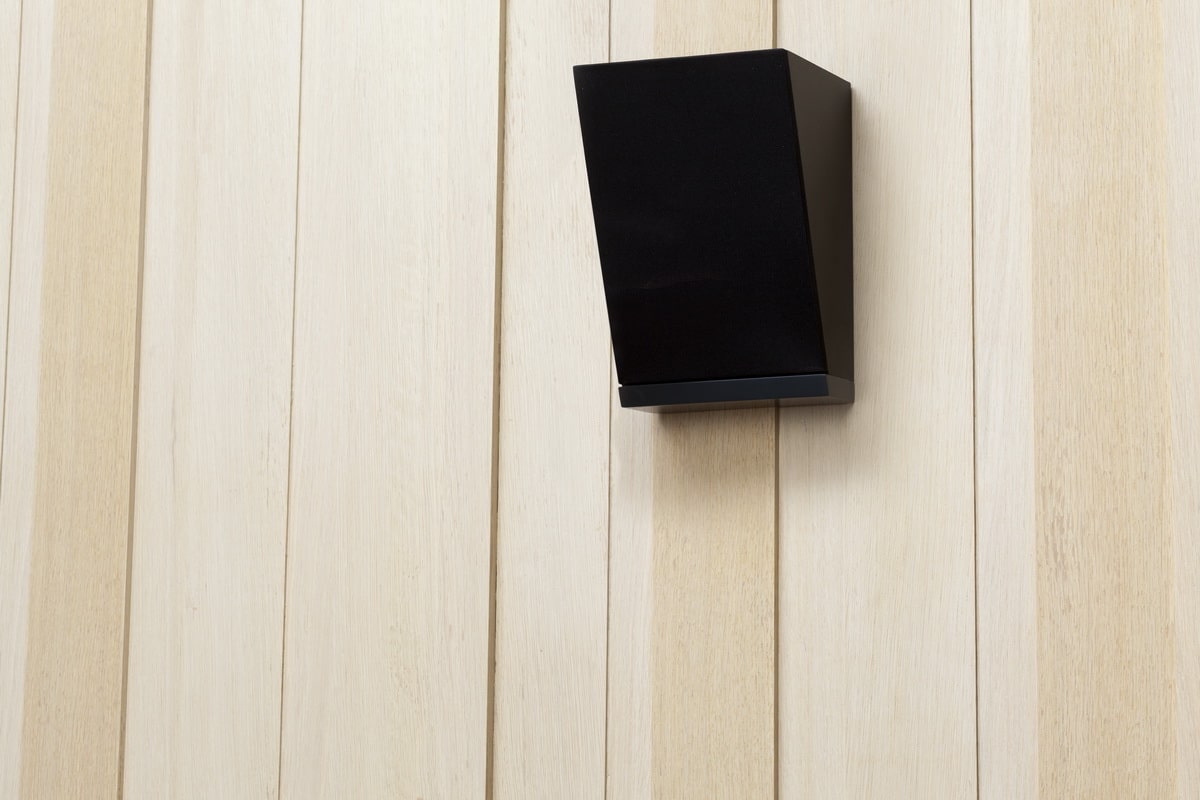Items in the cart:
Amount EUR:

A significant portion of our movie-watching experience depends on how it sounds. For full immersion into what's happening, it's important for the sound to surround us from all directions. Throughout the history of cinema, there have been numerous experiments with creating immersive sound, both in large theaters and home entertainment systems.
Today, the widely used technology for this purpose is Dolby Atmos, which offers true three-dimensional sound even through headphones and home speakers. But how exactly is the sensation of spatial sound created, and what sets Dolby Atmos apart from other systems?
Multichannel sound first appeared in cinema with the premiere of Walt Disney's «Fantasia» in 1940. Symphonic music was an important part of this animated film, and the creators wanted to achieve impressive sound power comparable to a philharmonic orchestra. For this purpose, the soundtrack was recorded on eight audio tracks and played back on several dozen speakers throughout the perimeter of the hall and behind the screen. This system was called «Fantasound», but it turned out to be too complex and expensive for those times.
In the following decades, similar solutions were proposed by various manufacturers, but not all theaters could afford the necessary equipment. One of the companies involved in such innovations was the British Dolby Laboratories. Its founder, Ray Dolby, developed a noise reduction system for recording and playing audio tape in 1965, which proved to be very popular in music and cinema.

Since then, the company's engineers have continuously created and improved sound standards. The laboratory became a leader in this field when it introduced Dolby Stereo technology to the market. This system laid the foundation for modern concepts of surround sound in cinema: the left and right channels were used for stereo panorama, the center channel for dialogue, and background effects came from the rear.
The real boom of Dolby Stereo occurred in the late 1970s when George Lucas filmed his «Star Wars» in this format. Riding the wave of the space saga's popularity, thousands of theaters purchased Dolby systems to attract fans. This helped the laboratory's developments become a global standard. The same awaited the subsequent digital formats Dolby Digital 5.1 and Dolby Surround 7.1.

The principle of multichannel sound involves distributing all the sounds in a film among several sources. A digital designation, such as 5.1, means that the system has five full-range channels and one low-frequency (subwoofer) channel. When mixing a film or a music album, the sound engineer adjusts the balance between the main channels going to the speakers, while the low frequencies are handled by the subwoofer.
The main task of such a system is to create an immersive effect for the viewer, placing them at the center of a carefully crafted soundstage. However, calling surround sound three-dimensional is incorrect — it actually lacks the third dimension. 5.1 and 7.1 systems can expand the traditional stereo panorama by 360 degrees, but the sounds remain in the horizontal plane.
This is the fundamental difference between Dolby Atmos and Dolby 5.1/Dolby 7.1. The configuration has expanded thanks to an additional set of speakers directed from top to bottom. This surrounds the viewer with a complete acoustic dome. In such a three-dimensional panorama, speech, music, and effects can be located at any point along both the horizontal and vertical axes.

Obviously, just setting up speakers wouldn't be enough. The real magic happens inside, and that's where the lion's share of Dolby Labs' research is dedicated. Company employees work on sound processing algorithms that allow adding new channels and using them in the overall picture.
With the introduction of the vertical axis, the approach to audio mixing has changed. When working with Dolby Atmos, a director can visualize sounds as objects in three-dimensional space, moving them within the system's active dome. Their behavior closely mimics what we see on the screen.
For example, if a huge dragon flies into the frame during a movie, first, we'll hear the rustle of its wings somewhere behind us and feel the flight overhead. Achieving such a complex effect today is as simple as dragging an object in the interface of special software. That's why Dolby Atmos is called an object-oriented system.

In one movie or song file, there can be up to 128 such objects. They can be responsible for the positioning and movement of characters, musical instruments, and any other sound sources in the piece. Information about them is recorded in the final file, and special codec is needed for playback — a program for decoding data about channel content.
Developers don't tie Atmos to a specific technical configuration. Thanks to the change in fundamental sound mixing principles, the atmospheric effect is partially audible even on devices with regular stereo speakers, and even on the external speakers of a phone. Of course, it's still better to listen to it with headphones. Then you can appreciate, if not the full three-dimensionality, at least the clarity of object separation.

To achieve a true Atmos effect, you'll need an audio system with a decoder supporting codecs of this standard. A 5.1 or 7.1 speaker system must be connected to it, which now adds four more speakers. The new configuration is denoted as 5.1.4 or 7.1.4, where the last digits symbolize ceiling speakers.
They don't necessarily have to be installed in the ceiling. Speakers can be mounted on the wall, directing sound downwards at an angle. There's also a setup where two or four sound sources can lie on top of other devices, directing the signal towards the ceiling. Reflecting, it creates the impression that the sound is coming from above. The entire system can be replaced with updated soundbar models that include upward-facing speakers.
Each of these setups is a compromise, making the three-dimensional effect not as outstanding as with ceiling speakers. But even this doesn't diminish the merits of the format, which has proven that sound innovations are still possible.
For the effect to occur at all, media must be mixed considering this technology. Therefore, many recent movies and albums are released in this format alongside less immersive mixes, and old classics are increasingly reissued with fresh sound on anniversary editions.
The premiere of Dolby Atmos took place alongside the release of Pixar's «Brave» in 2012. The showing was held in Los Angeles at the Dolby Theatre. Interestingly, this is the very theater where the annual Oscar ceremony takes place. It's another testament to the inseparable connection between Ray Dolby's legacy and the history of world cinema.

Since then, Atmos has become the primary sound format for major box office hits. In recent years, the technology has made waves in movie such as «Dune», «Blade Runner 2049» in recent Bond installments, «Indiana Jones», «Avatar». However, Christopher Nolan's much-talked-about «Oppenheimer» was done in Dolby Stereo format — the director's love for old analog technologies being the reason.
The music industry doesn't ignore the technology either. Releases in Dolby Atmos are available on Blu-ray and Apple Music streaming. You can experience the new sound of long-familiar albums by Pink Floyd, Fleetwood Mac, or Kraftwerk, for example. Among newer artists, Kendrick Lamar, BTS, and The Weeknd have made notable releases. In early December, a release worth noting came out — Peter Gabriel's first album in twenty years, «i/o». The Atmos mix was a bonus on both the disc and digital editions in addition to two regular album versions.
One hopes that this isn't the end of the story for innovations in sound. Dolby Labs is one of those companies that quietly change our lives every couple of decades and make us hear certain aspects anew. And while engineers delve even deeper into the world of zeros and ones, we can explore the new and rediscover the old in the midst of sound waves.
The HW-16.5 is the standard in affordable record cleaning machines but neither its build quality nor..
1,508.00 €
Whether as a record store-style crate or as a sleek shelf, it adapts to all your desires. Easily na..
89.90 €
All Palladio series models are equipped with a magnetic, edgeless metal grille, designed to make eac..
1,375.00 €
All Palladio series models are equipped with a magnetic, edgeless metal grille, designed to make eac..
2,000.00 €
All Palladio series models are equipped with a magnetic, edgeless metal grille, designed to make eac..
825.00 €
All Palladio series models are equipped with a magnetic, edgeless metal grille, designed to make eac..
650.00 €
All Palladio series models are equipped with a magnetic, edgeless metal grille, designed to make eac..
2,000.00 €
All Palladio series models are equipped with a magnetic, edgeless metal grille, designed to make eac..
600.00 €
All Palladio series models are equipped with a magnetic, edgeless metal grille, designed to make eac..
500.00 €
All Palladio series models are equipped with a magnetic, edgeless metal grille, designed to make eac..
750.00 €